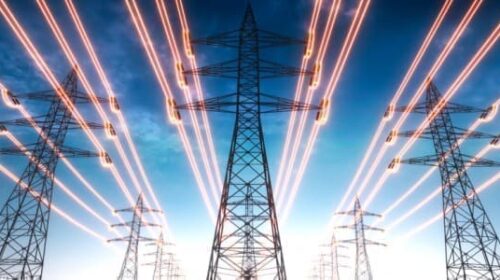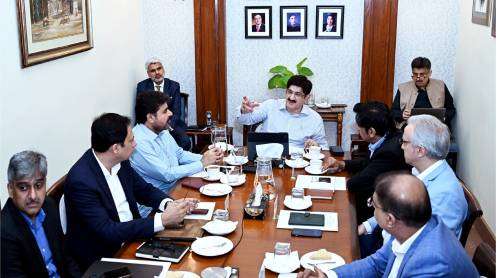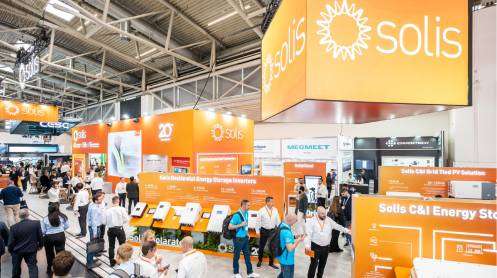Sustaining industrial growth across the country requires sustained investment in the transmission and distribution sector- recent figures and comparison would indicate this is happening which is evident from the growth of industries. The overall industrial usage (countrywide including KE) has increased by 61 percent since 2010 while the increase in new industrial consumers is 15 percent. The per unit consumption is up by 20 percent. This is promising and industrial units that are leading this growth will be key for sustainability as even though industrial consumers are only 1 percent of the pie, their consumption is 28 percent (including bulk consumers) of the total.
Having said that, the share of industrial consumption has remained stagnant in the last decade – it was 27 percent in 2010 and is 28 percent as of now. This must grow more. And to let that happen, investment in the transmission and distribution network is of utmost importance. The industry wants reliability and affordability as a priority. If the grid is not reliable, the industry may opt for a relatively expensive alternative such as captive generation. And if the grid is not affordable, the industry may become uncompetitive – as is feared with expected further increase in the rates. Industrial consumers simply cannot cross-subsidize lifeline and other domestic users. A balance is needed.
The country has invested enough in power generation in the past few years. That has resulted in a shift of industry from inefficient captive generation to the grid. However, the capacity to produce is much higher than consumption and that is resulting in a loop increase in tariffs to compensate for a higher capacity charge. However, with every round of power tariff revision, affordability is becoming dearer and the (paying) consumption is declining.
The way to solve it is to have higher industrial usage. That is not to undermine the importance of higher consumption by households, commercial and other users. But we need to look at our balance of payment situation as well. Power consumption reliance has grown on imported fuel. Although newer plants are more efficient and there is a case of a fall in fuel cost, the issue is the country’s ability to import that fuel with growing balance of payment imbalances.
The financing of the fuel must be compensated for by generation (or saving) of foreign exchange and mainly growth in industrial activities can do so, as the consumption in households would only be a drain on the foreign exchange. That is why growth in the industry – including bulk consumers, is of utmost importance. And for that, the key is the missing investment in discos infrastructure. And for that, deregulation and privatization is the route to take.
The case in hand is KE-NEPRA data for 2002 indicates that KE has the highest unit consumption per industrial consumer. There is history to it. In 2010, KE announced uninterrupted power to Industrial zones across, a policy that has continued since. This has resulted in a growth of 70 percent in industrial unit consumption in the KE network which is second only to FESCO.
This kind of growth is being sustained through investment in infrastructure to support the demand, as well as prudent, progressive policymaking. The per unit consumption of industrial consumers in the KE network has increased by 47 percent, which is more than double the national average. This implies that there is an increase in economic activity in the Karachi area.
It’s good, but there is still ample room to grow – especially in other parts of the country. For that, the governance structure and policy framework must be right. And that cannot happen without increasing the role of the private sector in discos management.








